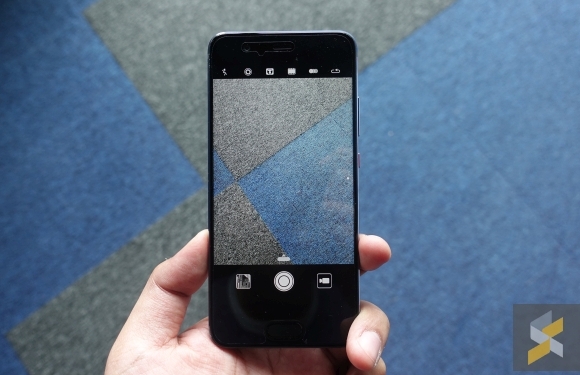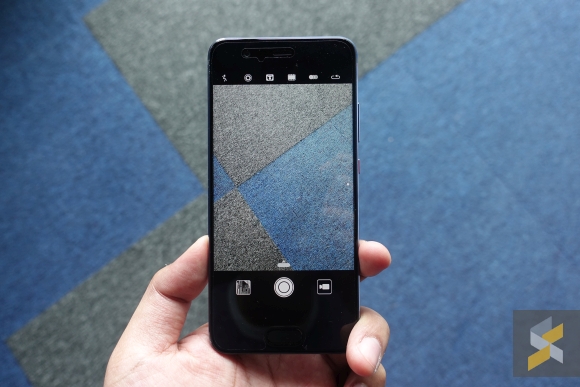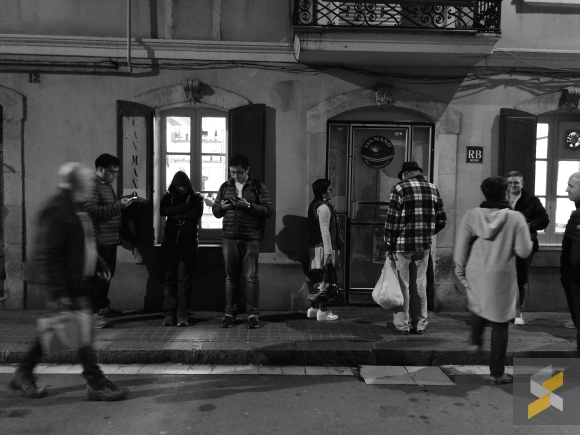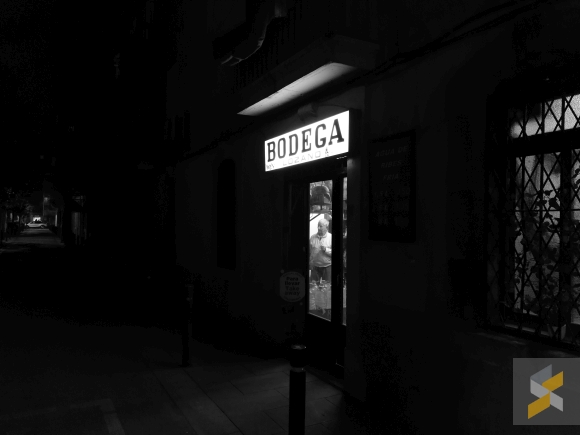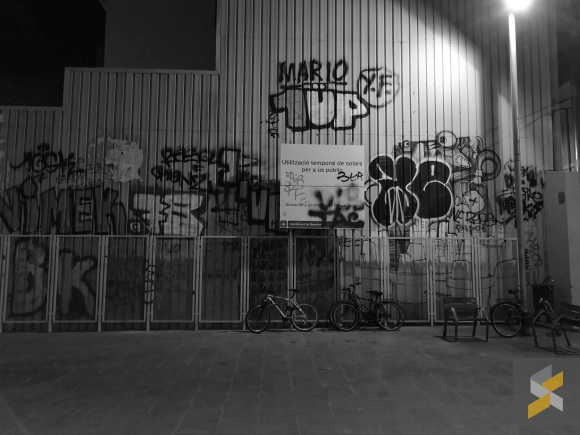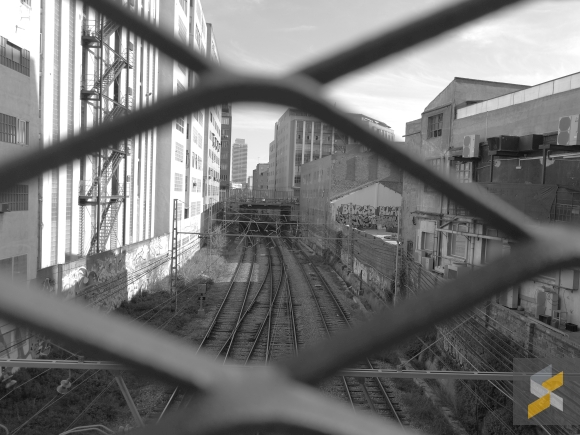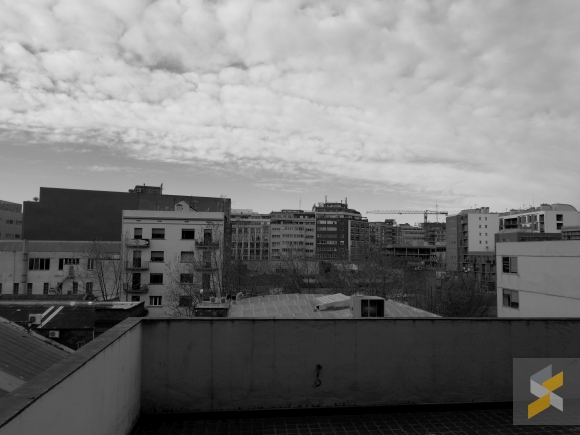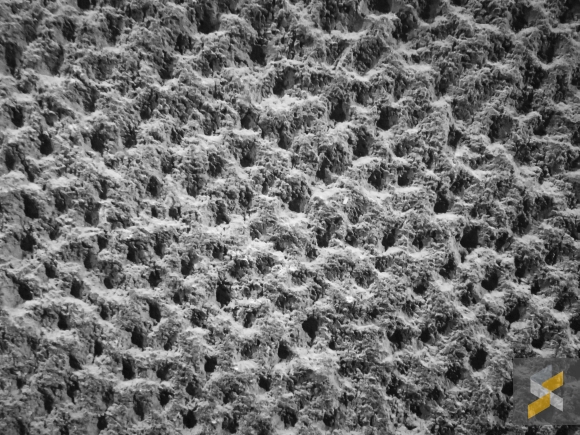Leica Dual Camera 2.0. When you hear a sentence like that, it just reeks of marketing mumbo jumbo that’s designed to make you feel like a camera is better than it is supposed to be.
But is it? Well, we took Huawei‘s brand new P10 for a tour around the beautiful city of Barcelona so you can see for yourself whether this camera is truly amazing or just hyped-up marketing.
Here’s a quick spec rundown:
Leica Dual Camera 2.0
20-megapixel monochrome sensor
12-megapixel colour sensor
Leica Summarit-H f/2.2 aperture lenses
27mm equivalent focal length
Feel free to click on each image to view the full resolution. Keep in mind these photos were taken on full auto (because it’s a smartphone camera) usually with the exposure determined by the phone itself. Of course, the P10 has a nice suite of manual controls too, but we figured we’d let the smartphone flex its muscles instead.
[nextpage title=”Colour”]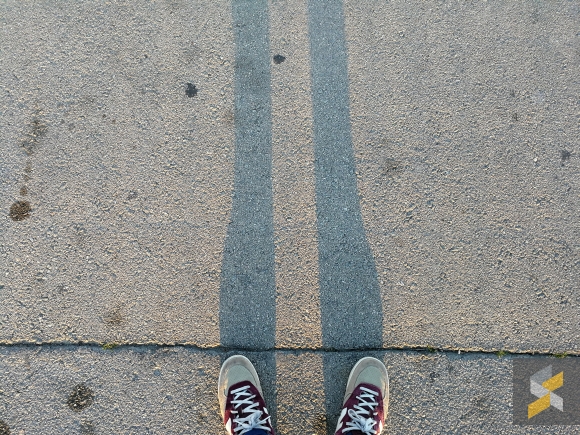
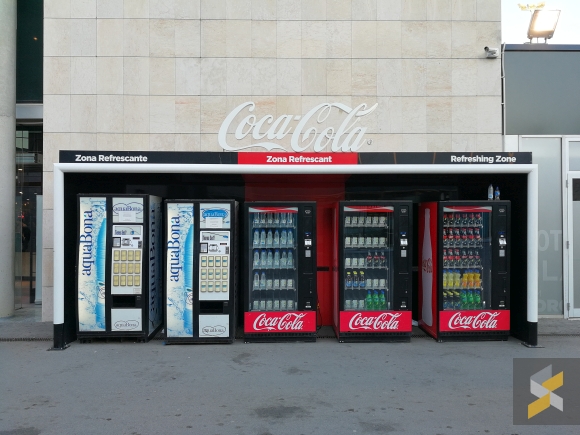
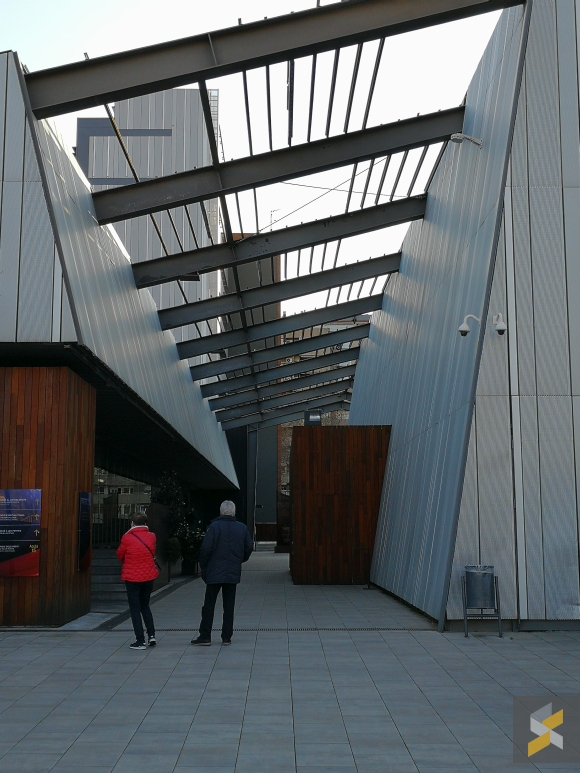
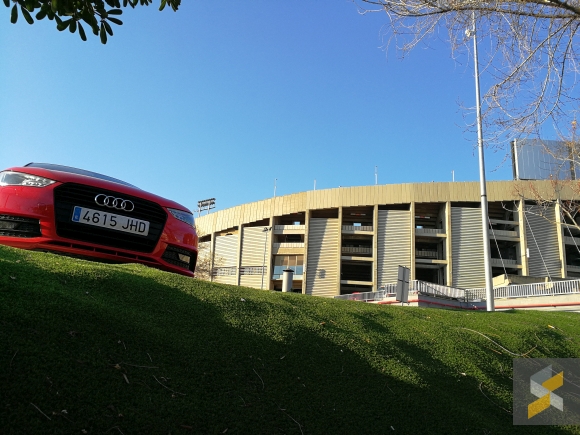
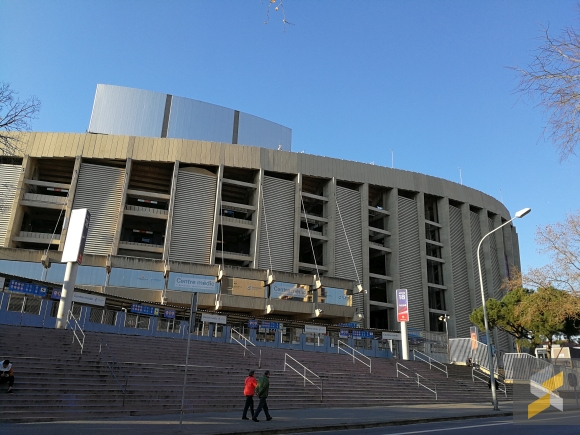
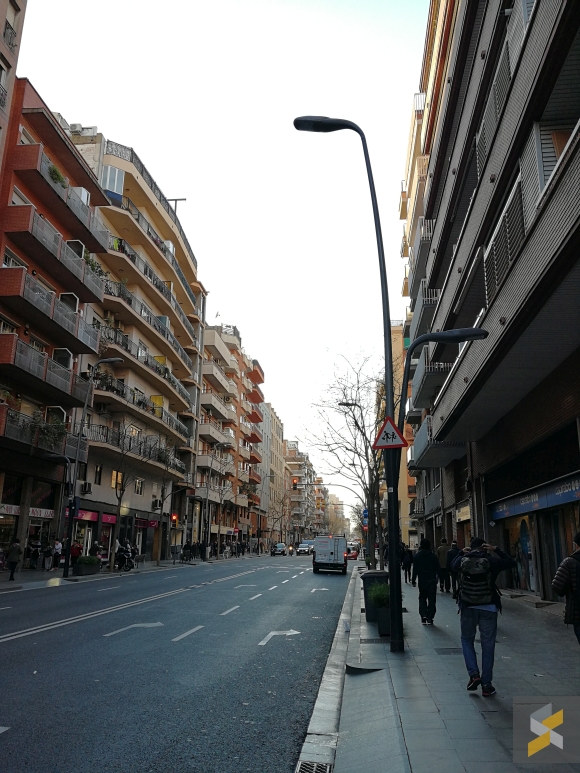
This was a rather challenging scene. The sky was super bright and clear, but it was rather poorly lit at street-level due to the tall structures. Although the P10 was able to salvage some details on street-level, the sky was just completely blown out.
Exposure for this photo was set to lock on the lit BODEGA sign.
If you want our first impressions, we’re pretty impressed. It does both colour and monochrome really well, though the wide lens’ sharpness does fall off a little around the corners (which you can see in this image). Dynamic range is pretty good, it’s user-friendly and most importantly, it’s fast and responsive which means it works well as a smartphone camera.
It’s also worth noting that the P10’s dual-camera is identical on paper as the one on the Huawei Mate 9 phablet. The upgrade we’re curious to see lives with the P10 Plus because that gets the faster f/1.8 aperture Summilux lenses instead. Unfortunately, we don’t have a P10 Plus on hand so we can’t test that out for you yet.
But we want to hear from you. What do you guys think of the Huawei P10’s camera? Let us know in the comments below.

